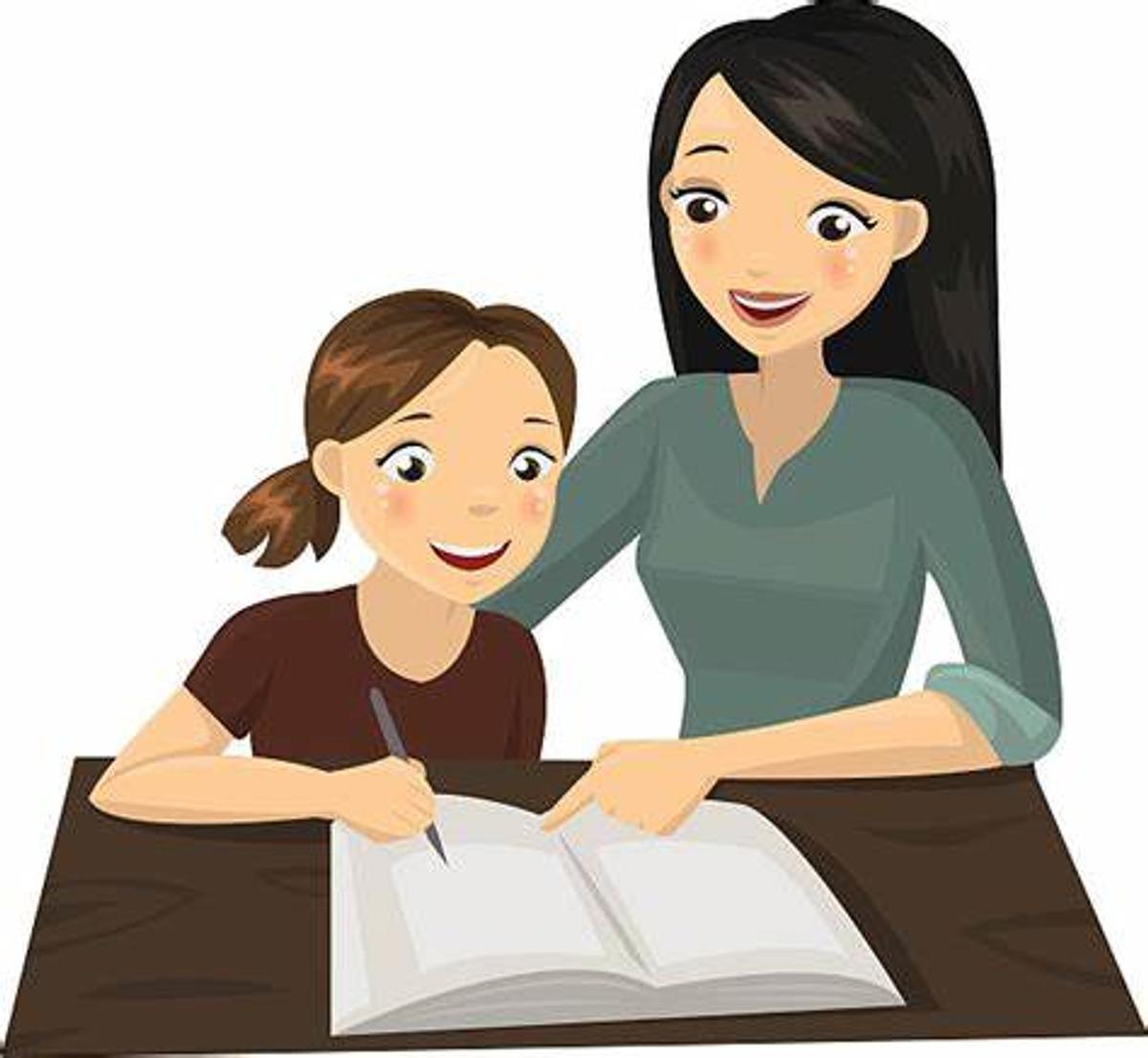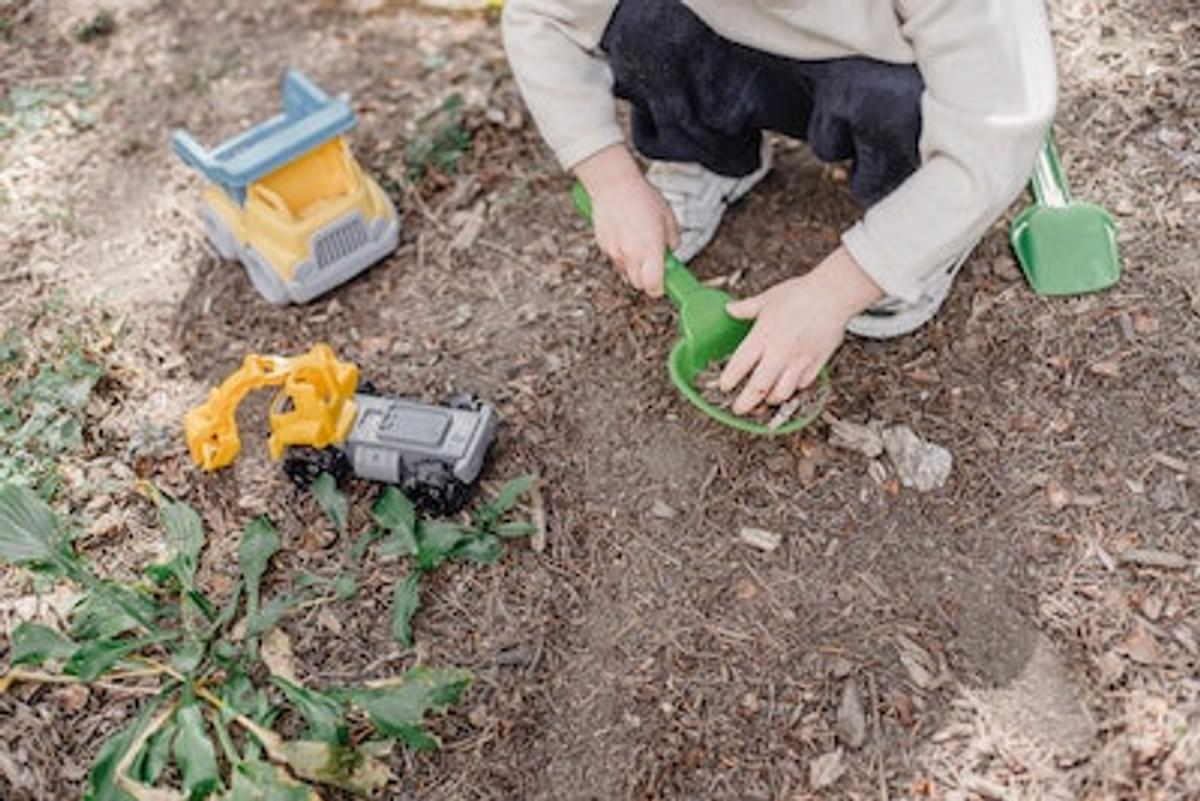Principal's Desk
Dale Blythman

Principal's Desk
Dale Blythman
To achieve anything in life we need to be prepared.
For students to be successful at school they need to start the day with a healthy breakfast. Much talk is taking place in the media about the amount of processed sugar students are consuming. I’m not a dietician but I urge parents to read the cereal box. You might be alarmed by some cereals’ sugar content.
Next, the BIG ONE. Get to school before the bell. That means in the classroom and ready before the second bell. Learning starts at 8:45 am. Although we have improved greatly in this area, we still have a small group of late comers each day.
Teachers have prepared the learning organised during the day but students can’t be at their optimal attention levels if they are tired. Students need ten hours of sleep per night. If students are not able to concentrate in class then valuable information will be missed and not retained in the brain. Like well-tuned athletes, our students need to be prepared to smash a day’s learning at Park Ridge Primary School. Students shouldn’t be accessing screens before bed. I’m all for using technologies, however, plan for use before dinner rather than something to be used before bedtime.
Eating a healthy breakfast, being punctual, reducing to nil screen time before bed and getting enough sleep will go a long way to being successful at school.
In 2024, we are fortunate to be able to continue to provide a range of support programs at Park Ridge Primary School.
The Tutor Learning Initiative (TLI) is driven by our student NAPLAN data as per the DET guidelines, to those students who have been highlighted as needing the extra support using the new NAPLAN metrics.


The teaching practices of differentiation, personalisation and student-centred learning are the foundation for the specific interventions delivered by our talented tutoring staff.
Tutors collaborate with classroom teachers to work with small groups of students for approximately one term, to determine the students point of need and implement evidenced-based, high impact strategies, to progress the learning.
Our tutors for 2024 are:
Kelly Begley, Sharon Nyholm and Anna Christofis
Each of these tutors oversee a range of areas including, but not limited to; mathematics, social learning, reading, phonics, writing and learning about our emotions.
If your child has been selected to take part in our tutoring program, you will be notified.
Last night we held our School Council AGM. During this meeting, we thanked our outgoing members and welcome our new members. I am pleased to announce the office bearers for our School Council for 2024 are as follows:
President: Catherine Higgins
Vice President: Jesse Collins
Treasurer: Lyndell Aylen
Minute Taker: Chris Conway
DE Executive: Dale Blythman
I am really looking forward to working closely with this School Council as we continue our quest to provide a learning community in which our members, students and families thrive.
Every day I am so impressed with the level of confidence, manners, school spirit and behaviour of our students. This was highlighted even more so when I was fortunate enough to pop down to House Athletics Day on Wednesday this week. The manner in which our students offered words of encouragement, celebrated successes and supported others if they didn’t reach the goals they set out to achieve, was so rewarding to witness. It was clear to everyone there that Park Ridge pride is well and truly strong. It is quite rewarding to witness the high level of school spirit, manners, respect and resilience from all our students. These behaviours are underpinned by our school values and, thankfully, supported by our parent community. Thank you to Mr. Davey for organising such a wonderful event.
Yes, they are about. I ask for parents to please be pro-active with the checking for head lice in your children’s hair. To help combat the spread of head lice at the school we have been encouraging parents to check their child’s head regularly. However, this strategy can only be successful if ALL parents do it. Also, we need to encourage students not to occupy each other’s space and make head contact. Transfer of head lice can only occur with head to head contact. Another useful tip is for students with long hair to make sure that their hair is tied back. Remember, head lice do not discriminate.


In days gone by before our current ‘Screen Age’, children’s cries of “It’s sooo boring!” or “I’m bored!” were often met with the one solution: “Go outside and play!”
It seems these parents were really onto something.
Research globally shows that allowing children to feel boredom and encouraging them to create activities to fill the space can be a springboard to building better emotional wellbeing and mental health. And this is a state that should be encouraged not avoided.
A former colleague of mine, Leah Stevenson, The Resilience Project’s Teaching and Learning Advisor, agrees and says we all need time to sit with our feelings, not find ways to continually escape them.
“Technology and devices can really numb our feelings. If we don’t give ourselves time to allow our thoughts to wander, to daydream, we don’t give ourselves the space to process big emotions, especially something like trauma. We just don’t get the time to learn how to deal with it. This is important for children too. The way I like to explain it is, device-free time creates presence; presence creates conversations; conversations create connection and connection creates resilience.”.
What the research says
In 2017, Toy Company Melissa and Doug commissioned a survey of 1,000 parents each from the UK, Canada and Australia to discover how children’s free time was spent. It revealed that “too few parents let boredom work its magic”. Although more than two thirds of the parents surveyed said they were worried their children spent too much time on electronic devices, only a quarter of them let their child confront boredom on their own.
Scientific American also revealed research by the Lego Foundation, which found that unstructured play – that is, activity guided more by imagination than rules – helps children to develop fine motor skills and importantly, social, communication and emotional skills that build resilience.
This type of play, VicHealth says, also fosters risks-taking, demonstrating that it is okay to make mistakes and helps children learn how to deal with the consequences of mistakes. These are essential skills that are needed all throughout life.
Role modelling boredom
Leah also stresses how important role modelling is in influencing behaviour change with children. “I think a really big point is how are we role modelling back to our kids. How often do we allow ourselves to be alone with our thoughts, to have time-out from our devices? How many times are we in a doctor’s waiting room for example or waiting for a friend in a café and are filling in the time on our phones or other devices?”
Persuading your children to replace screen time by embracing boredom and doing a bit of creative thinking instead of numbing out with screens will take practice. You might want to name these new activity sessions something like “Boredom Busters” that will signal to the children that fun times are ahead, and they may start to look forward to them or even request them.
Making the most out of boredom
Giving children opportunities to see just how inventive they can be by allowing them to come up with their own boredom busters, can turn out to be quite magical. While parents and carers can help provide a framework for their imaginative play, kids should be empowered to drive the creativity.
If you need it, check out the ideas below to help get them started:
Please don't forget that our term 1 concludes next Thursday at 2:15pm.
I hope you have a wonderful weekend. Please feel free to pop in for a chat with either Carrie, Brendan or I, should you wish to discuss anything.
Our doors are always open!
Take care,


Mr. Dale Blythman